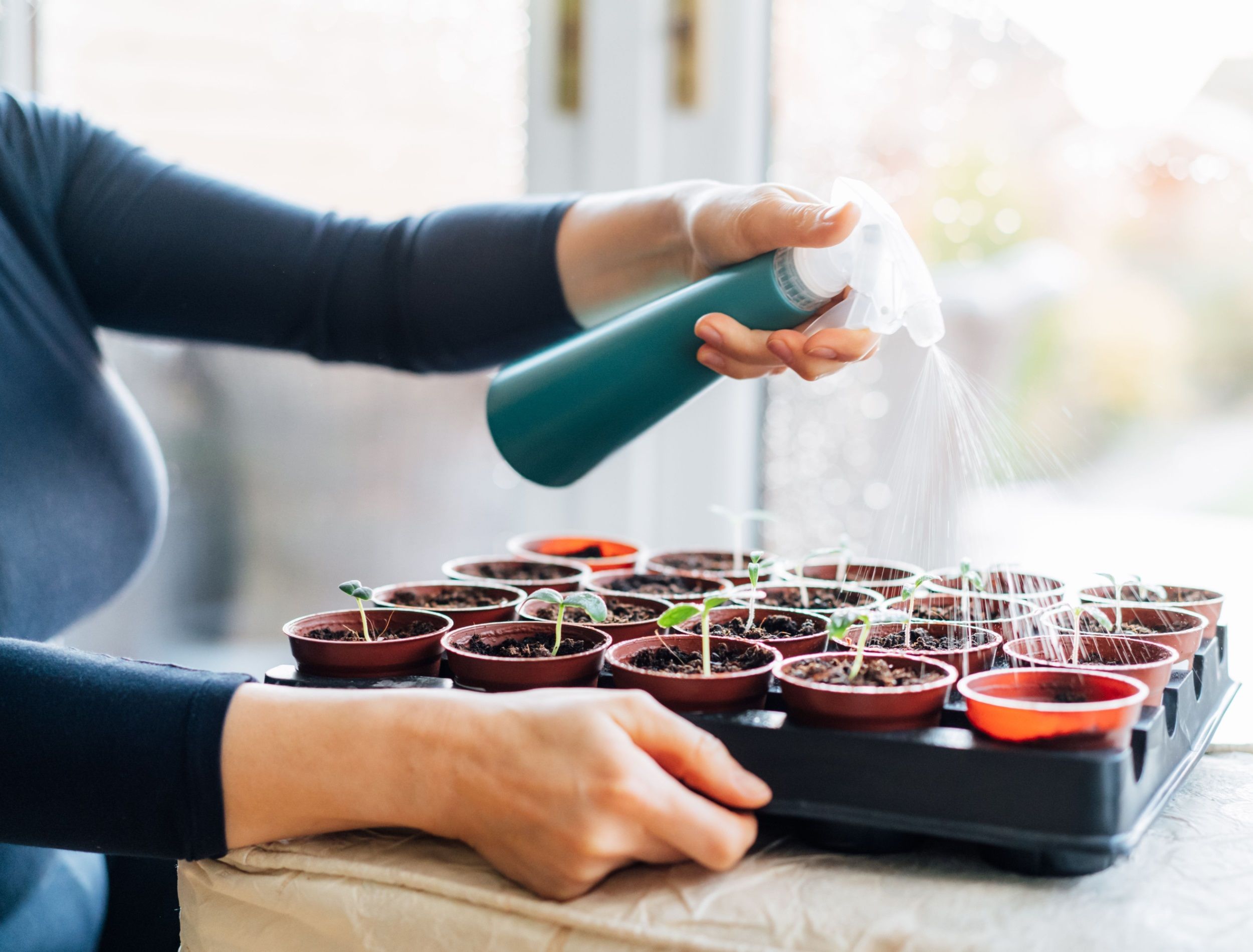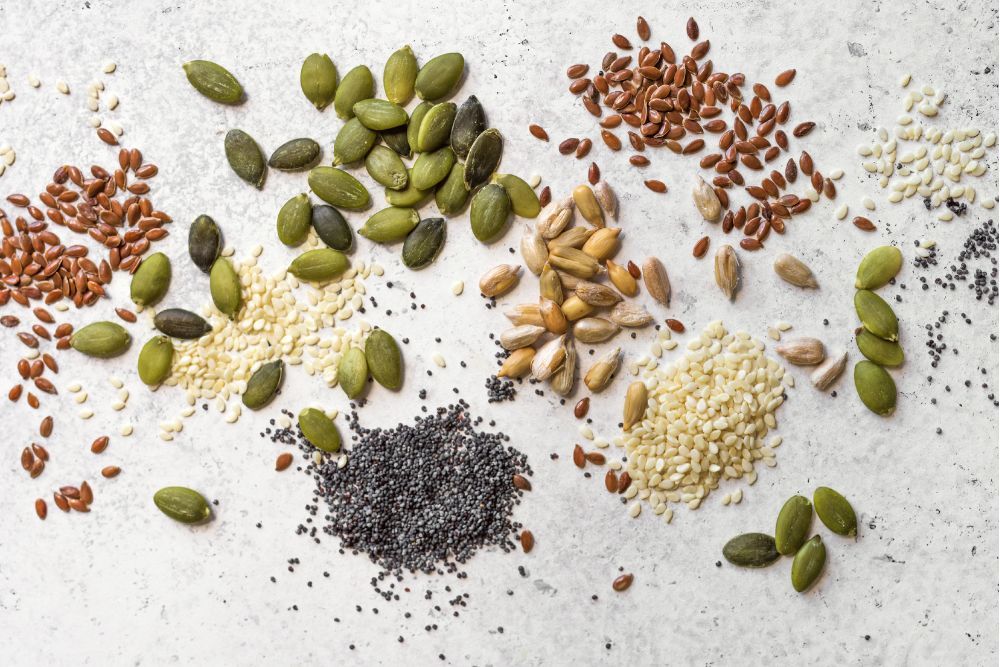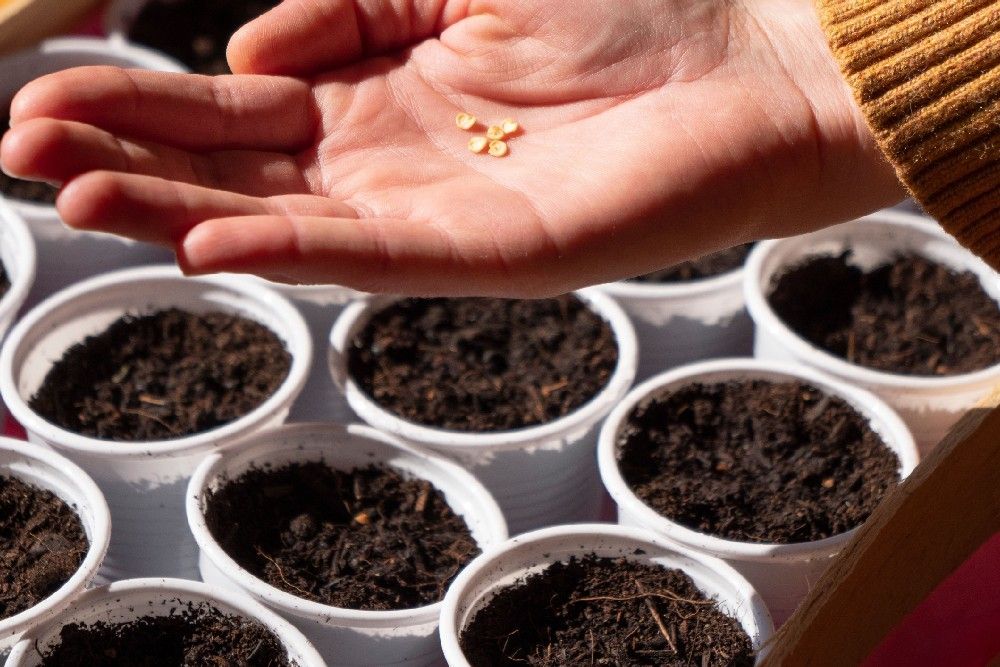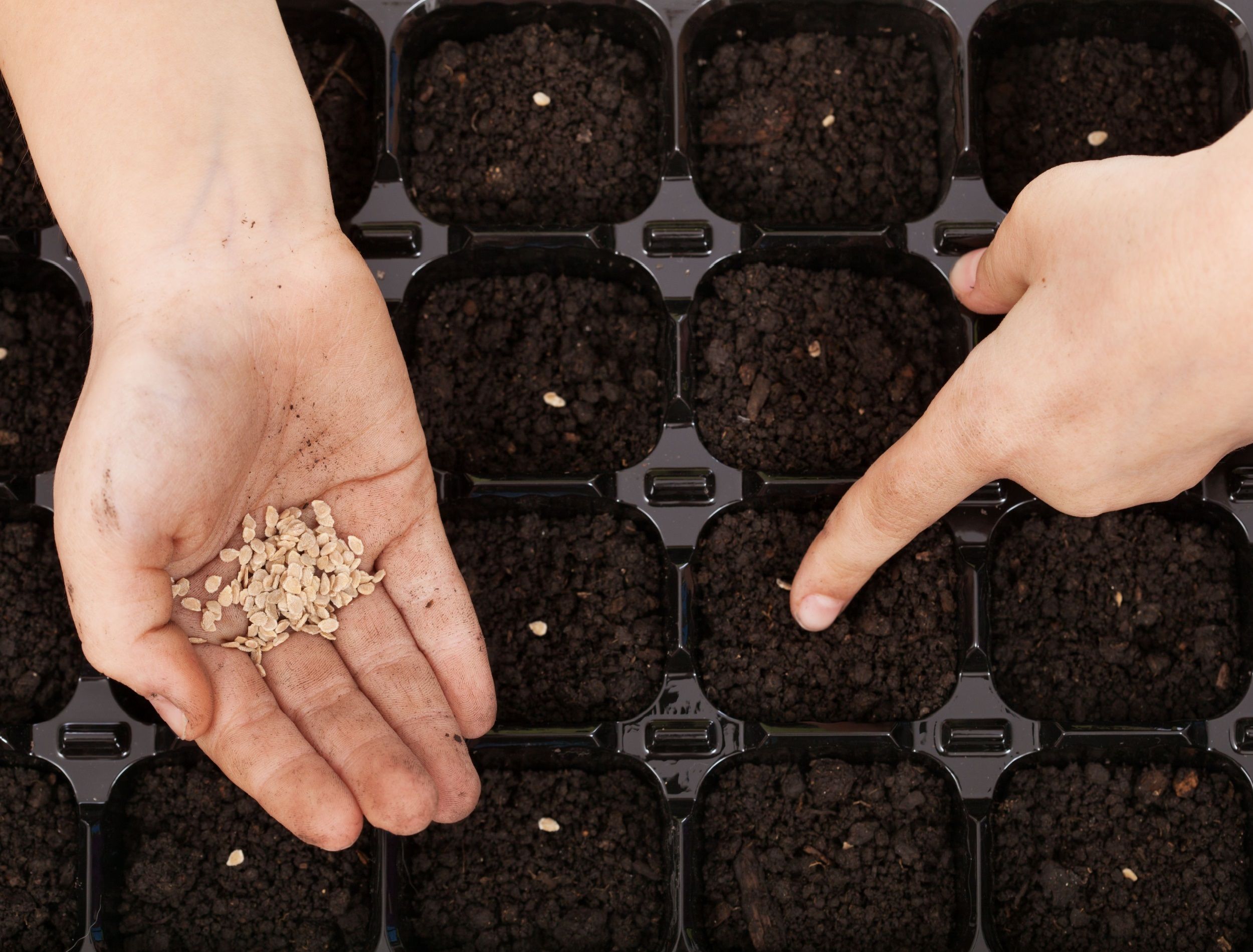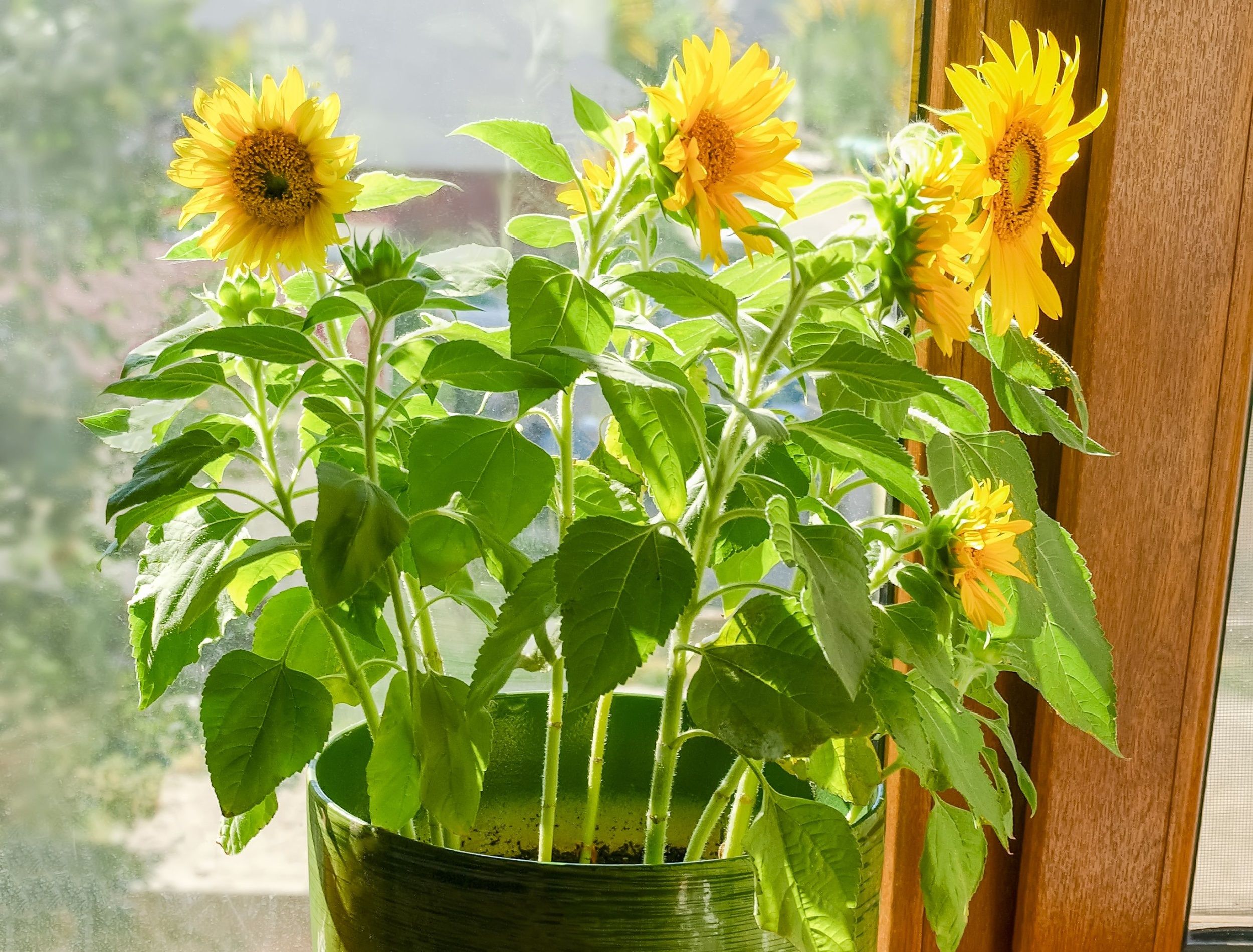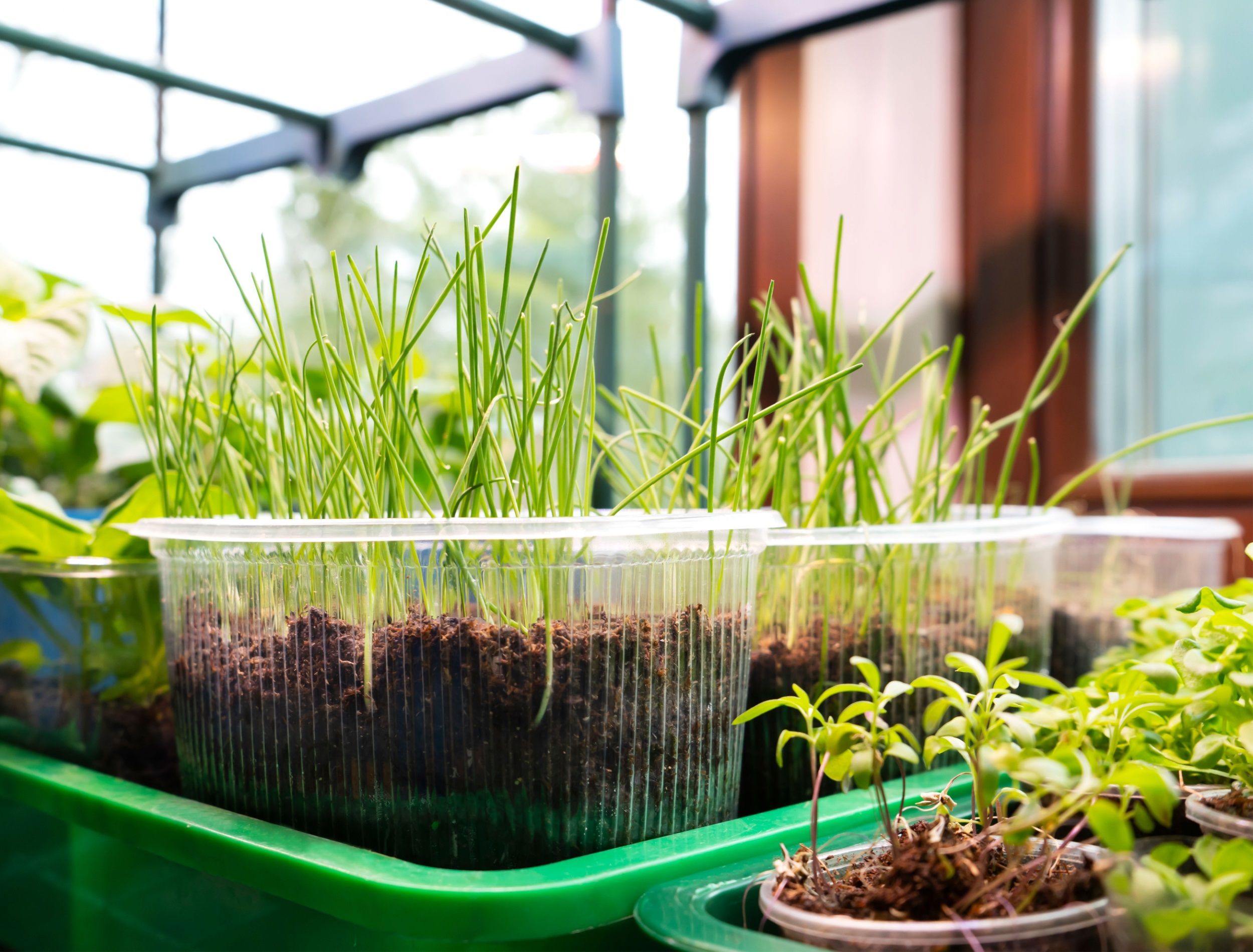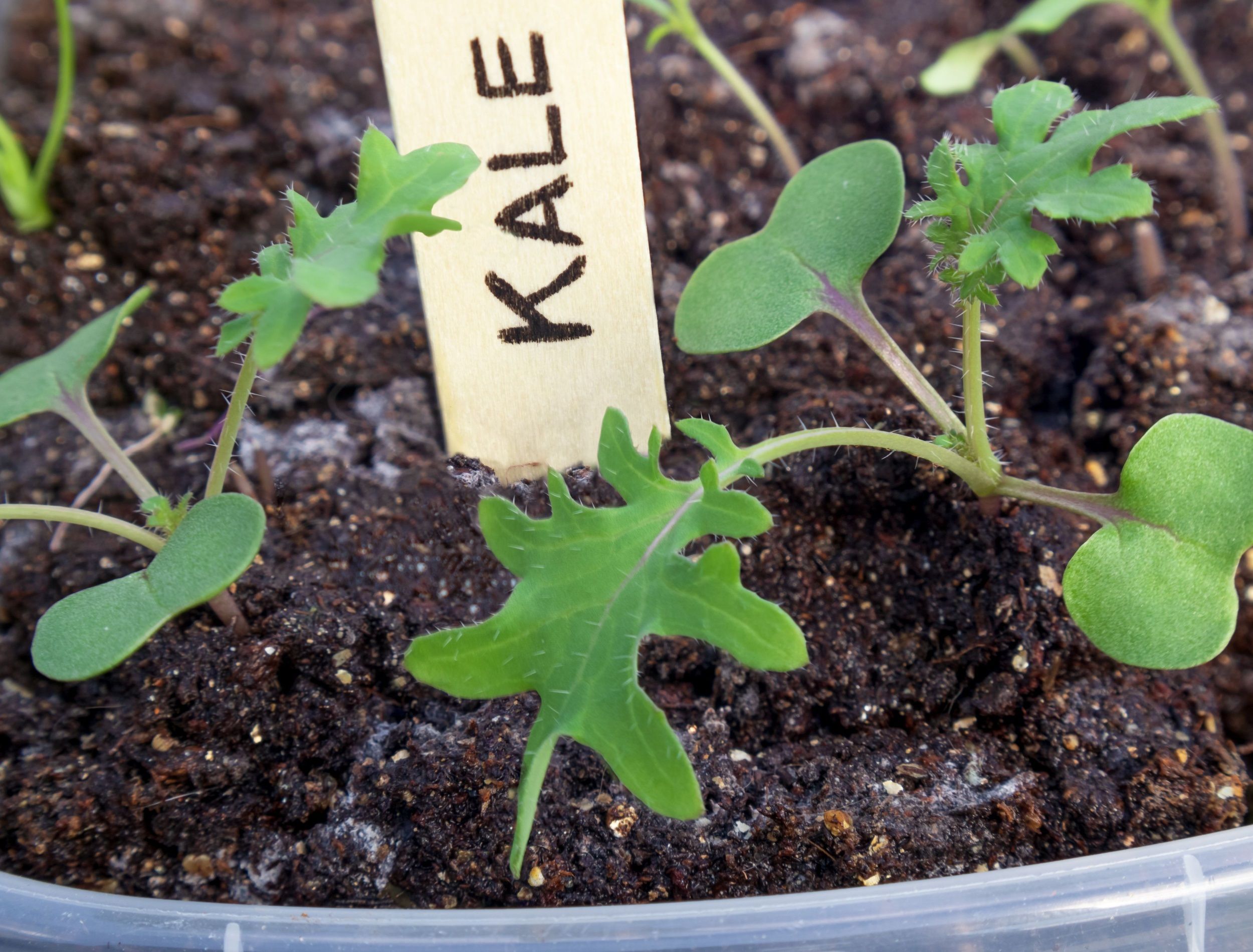Starting seeds indoors is a great way to get a jumpstart on your garden's growing season. Whether you are looking to grow vegetables, herbs, or flowers, beginning them from seed indoors gives you more control over their developmental environment. This results in higher-quality plants for transplanting into the ground come spring.
Knowing when to start seeds indoors is essential for having happy and healthy plants ready for replanting. Here are some common factors that influence when the best time is to begin your indoor planting cycle, and some tips, so you can have beautiful flower beds or a productive veggie patch in no time!
The Supplies Needed for Growing Successful Seedlings
Image credits: Mizina via Canva
You'll need some basic supplies to get your seedlings off the ground. These include containers, soil-less seed starter mix, seeds, labels, a light source, plastic covering, and water. A grow light is necessary if you don't have access to natural sunlight. Have watering can or spray bottle handy to keep your growing seedlings hydrated.
Containers should be at least 3 inches deep and have drainage holes in the bottom. Select a quality soil-less seed starter mix and choose the desired vegetable or flowering plant you want to grow.
Understanding When to Start Seeds Indoors
Image credits: Marco de Benedictis via Shutterstock
Starting your seeds indoors gets the growing season off to the right start. Starting seeds indoors gives them a head start on growth and root development before transplanting outdoors.
To determine the best time to start, you will need to know your local average last frost date. This is the date that marks when it's safe to plant many of your crops outdoors with little risk of them being damaged by frost. Based on this information, start seeds indoors six to eight weeks before the expected last frost date in your area. For example, if your last frost date is around April 14th then you should aim to start your seeds indoors no later than March 3rd.
For example, tomatoes require at least seven weeks after sowing before they are ready for transplanting outside. To calculate this, count back seven weeks from the average frost date and that is when you need to sow your tomato seedlings indoors. Keep in mind that different plants may require different amounts of lead time so do your research and adjust accordingly.
Additionally, pay attention to the average length of your growing season. Different USDA zones have different growing season lengths. This dictates how much time you have to get your seedlings ready for transplanting outdoors and give them enough time to mature before the frost date at the end of the season.
Making a schedule of your last frost date and germination time for plants keeps you organized and motivated throughout the growing season. It might seem like an extra step, but creating a timeline really helps ensure success come harvest time.
Note: For more on how to determine what seeds should be started indoors, look at the sowing instructions on the seed packet and do your research online.
Starting Crops Indoors
Image credits: llike via Shutterstock
Most warm season crops that need full sun, and you should start them indoors around six to eight weeks before the last date of frost in your area. This gives them enough time to become established before being transplanted outdoors after all danger of frost has passed. Cool season crops such as kale, broccoli, cabbage, and radishes do not need as much lead time. You can also sow cool season crops directly outdoors.
If you're unsure of the last date of frost in your region, contact a local garden center or check a gardening calendar that outlines average frost dates for your area. This helps you keep track of when it's safe to plant outdoors and ensures you don't forget important steps along the way.
Starting Flowers Indoors
Image credits: anmbph via Shutterstock
Depending on the type of flower seed you have, they may need a period of cold stratification before being planted outdoors. These plants include native flowers and some medicinal herbs.
For example, you can start sunflowers two to four weeks prior to when the weather starts warming up. Verbena on the other hand can stay indoors for 10 to 11 weeks. Before planting, do your research pertaining to the plant you are growing.
Choosing a Suitable Location for Your Indoor Garden
Image credits: IrinaPhVideo via Shutterstock
When deciding where to locate your indoor garden, consider how much sunlight it receives throughout the day. Sunlight is essential for successful germination, so make sure that your indoor garden is getting at least eight hours of direct sunlight every day.
Pro-Tip: It's not uncommon to run into a few issues while growing indoors. If your seedlings appear weak or leggy, it could be a sign of too little light. Consider investing in a grow light if you don't have enough natural sunlight.
Planting and Caring for Your Seeds Indoors
Image credits: sophiecat via Shutterstock
Planting your seeds indoors is a simple process. Start by filling your containers with the medium and creating small holes for each seed about 1/4 inch deep. Gently place one or two seeds in each hole and lightly press the soil down over them with your finger. Then, label the containers.
Water each container thoroughly until the water runs out of the drainage holes on the bottom and cover it with plastic. Let it sit in a warm place (75 degrees Fahrenheit) until the seeds sprout. Then, place it near a sunny window or under a grow light. Monitor the soil to make sure it stays moist.
Transplanting Outdoors
Image credits: Miller_Eszter via Pixabay
Once your seedlings have established roots, they're ready to be transplanted outdoors. Make sure that all danger of frost has passed in your area before transplanting them outside and harden them off for two weeks outside in a shady area. Prepare the soil by digging up weeds or rocks and adding some organic matter such as compost or manure.
Dig small holes for each seedling and carefully transfer them over, being careful not to disturb the fragile roots. Water each plant thoroughly after transplanting and provide them with protection from wind and pests if necessary.
Get Sowing!
Starting seeds indoors is an easy way to get an earlier start on your garden and ensure that you'll have a plentiful harvest come summer. By following the steps outlined above and providing your seedlings with enough sunlight, water, and air circulation, you can successfully grow healthy, flowers, veggies, or herbs for your outdoor garden.
With a little patience and some trial and error, you'll be well on your way to growing the perfect crop! Good luck! Do you have any tips or tricks for starting seeds indoors? Leave a comment below and share this article with your family and friends!

